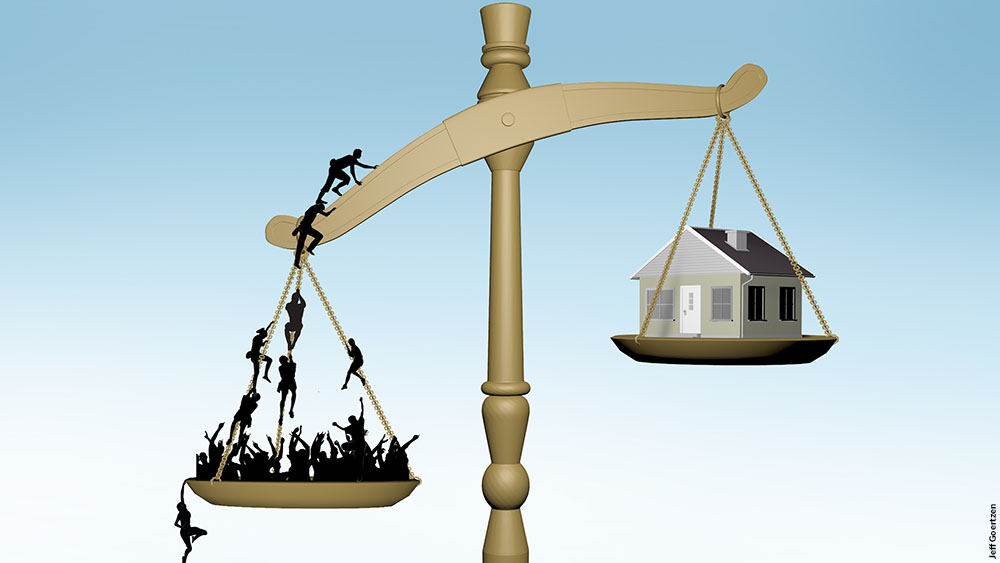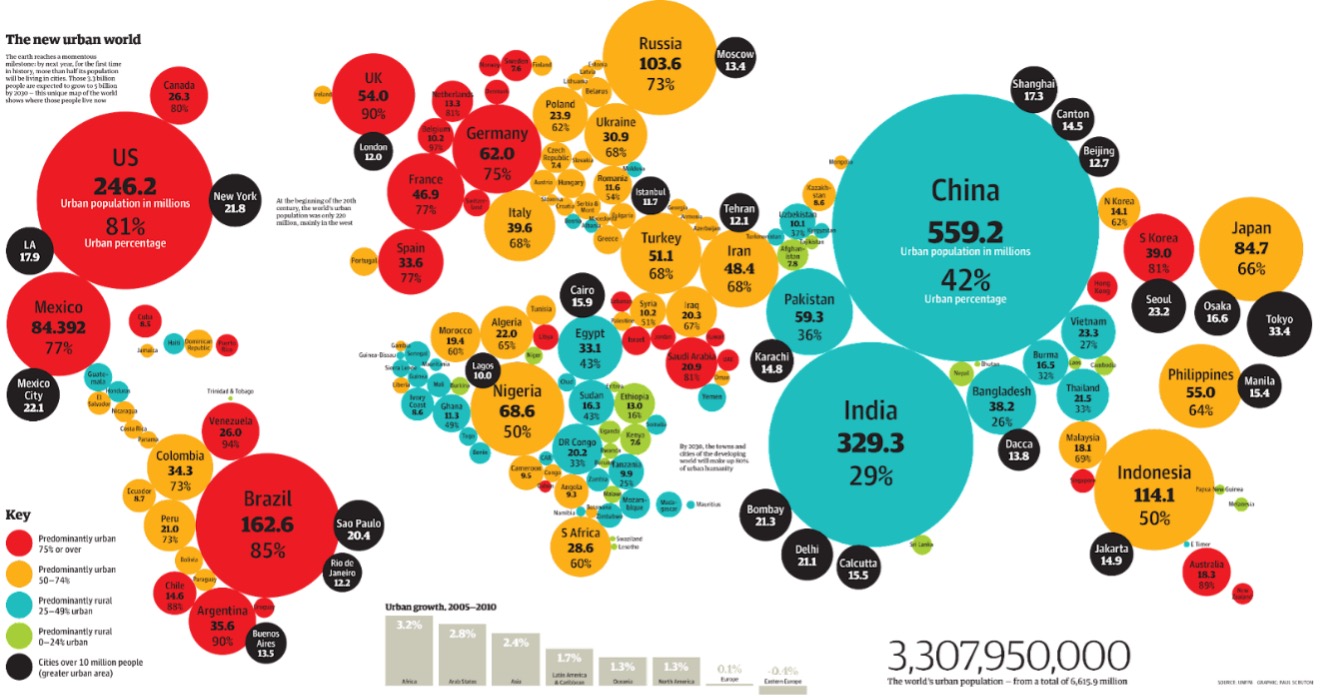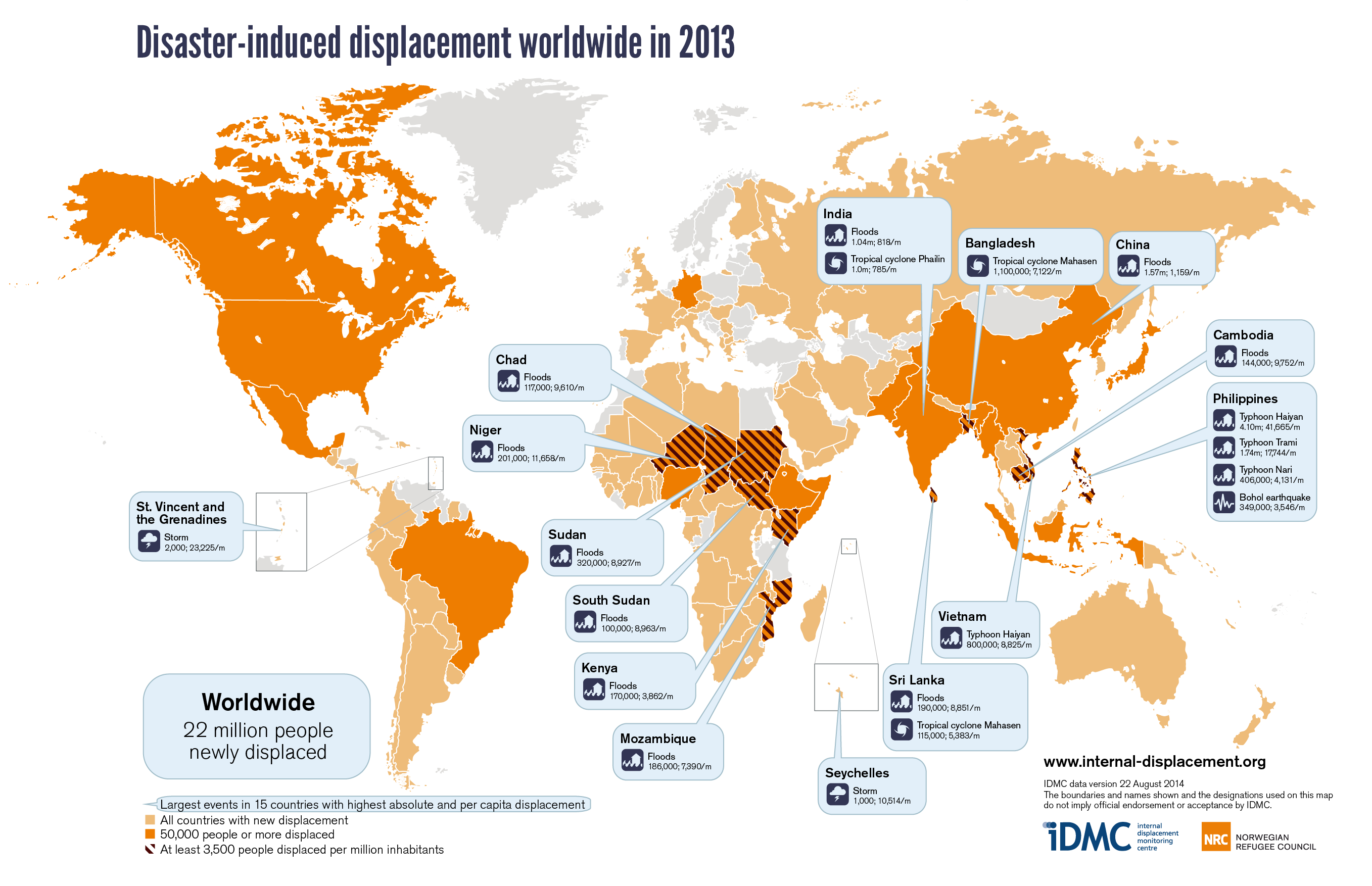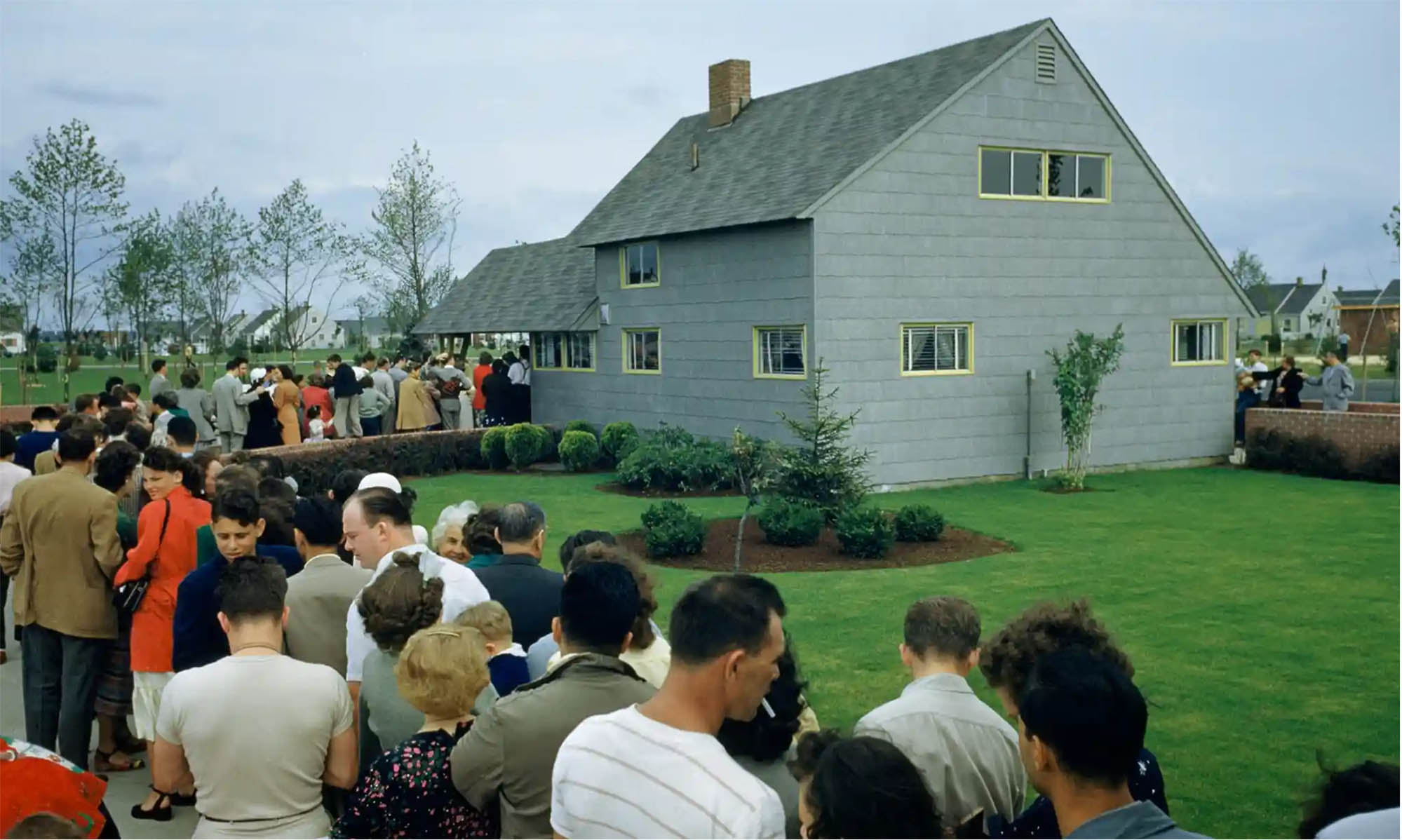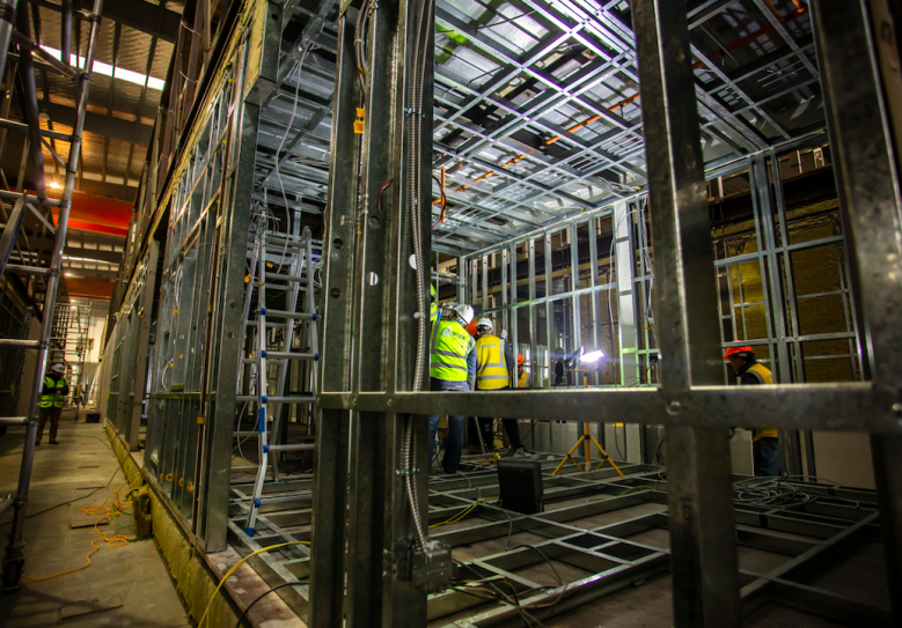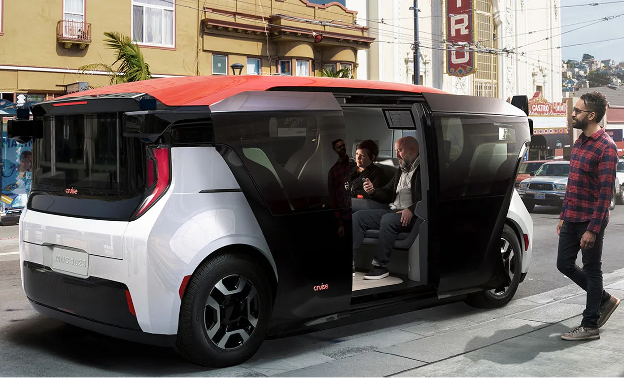As the debate over affordable housing becomes a debate over available housing, individuals and families are desperately looking for anyone who can offer solutions that will allow them to find a place to live in neighborhoods that sustain their needs and contribute to in meaningful ways.
The compounding issues surrounding the affordability and availability of housing are converging and creating a greater urgency for fundamental systematic changes.
Fortunately, we are also experiencing a convergence of opportunities and innovations to help solve these issues.
TWO CHALLENGES
1. THE POPULATION PROBLEM
The experts generally agree that the fundamental core problem of the housing crisis is simply supply and demand. We will discuss the supply side later, but it is essential to understand what has been driving demand for several decades now. Most projections predict that market demand will increase exponentially in the decades to come. We are beginning to see a much greater convergence of growth factors that have combined long-standing growth patterns with newly emerging ones attributed to market forces, climate change, and emerging technologies.
Historically in the United States, there has been a trend for our population to move from rural areas to urban ones. This has been through immigration, as people from other countries have come to the U.S. seeking opportunity, and through in-migration as those seeking better jobs within the country have migrated to the cities. Three hundred years ago, two percent of the world’s population lived in cities. Two hundred years ago, it was 10 percent. By 1900, 40 percent of the United States had urbanized. By 1950, it was 50 percent, and by the turn of the millennium, 80 percent.
The New Urban World
The historical trends of population growth are being compounded by newer trends created by climate change and emerging technologies. We are already beginning to see the effects of migration as people flee areas prone to severe weather, wildfires, and possible rising sea levels. A new term has entered the discussion called “climate refugees,” and Oxford scientist Norman Myers predicted climate change could displace as many as 200 million people by 2050.
Human Longevity
Another compounding factor that is just beginning to be considered in population projections is that human longevity is reaching levels never seen through significant advances in healthcare technology. It is not unreasonable to see humans living productive lives well into, and past, 150 years of age soon.
Disaster-induced displacement worldwide in 2013
By 2050, projections show that we will add two billion people to our planet, most living in urban areas. That means that between now and 2050, over one million people per week will be added to the earth. Most of them will be moving to the cities. University of Toronto urban studies professor Richard Florida calls this the “central crisis of our time.”
2. UNSTABLE SUPPLY
The challenge for architects, developers, and local officials and planners is to provide enough affordable housing supply to meet the demand. Unfortunately, the past and present methodologies for providing housing are becoming increasingly unsustainable. The combined factors of land cost, zoning regulations, labor availability, and material costs are pushing the ability to find affordable housing further out of reach for more and more people.
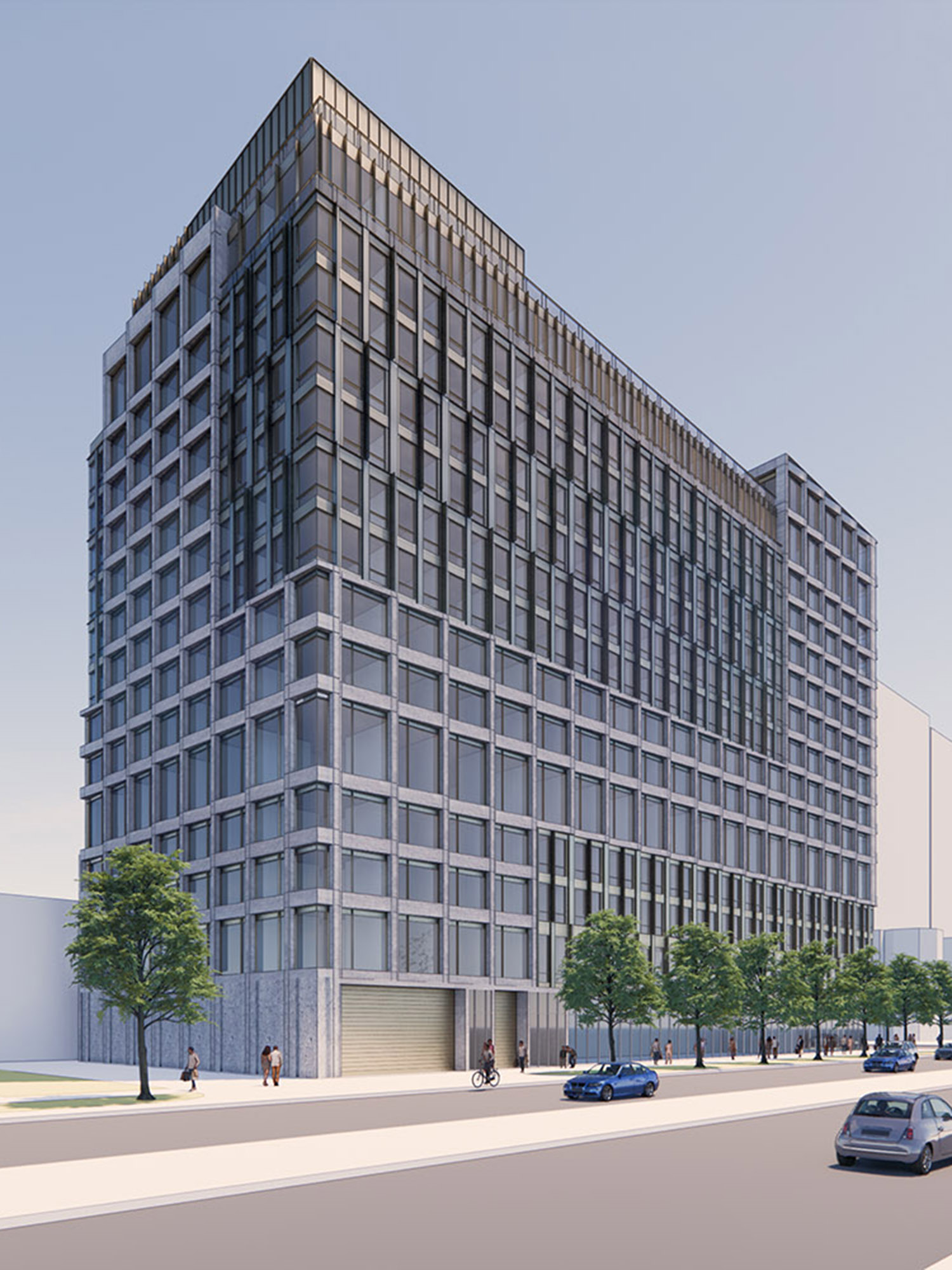
465 Tower by PEG Development
Land
Buildable land near employment and services is a limited resource, and like every limited resource, the scarcer it becomes, the more costly it becomes to acquire. The market forces associated with real estate encourage development in the fringes of population centers where land is cheaper, straining the resources of suburban cities and adding to land scarcity.
Density
For decades the use of exclusionary zoning practices that favor single-family home development has significantly limited the ability for developers to provide the necessary diversity of housing products and densities to combat sprawl and address housing affordability. Developers are willing to build products that can meet these demands but are unable because of building height, maximum density, and parking regulations.
Labor
The construction labor shortage has also become problematic in the last decade. Despite the demand, contractors are challenged to take on new projects. Those taking on projects have to bring in labor from other regions and increase wages to maintain workforces, resulting in higher construction costs. The recent Covid-19 pandemic has only highlighted the issues of maintaining a workforce susceptible to health concerns.
Construction Cost
The most significant contributor limiting the ability to meet affordable housing demand right now is construction costs. We get updates daily from contractors and developers regarding the skyrocketing costs of materials. These costs directly affect residential construction at a rate higher than other industries. Per the JLL H1 2021 Construction Outlook, Lumber and Plywood cost increased 36.1 percent from December 2019 to December 2020. Copper costs increased 20 percent over the same period. Not only are these costs affecting new projects beginning construction, but developers are also canceling existing contacts with home buyers because of them.
CONVERGING OPPORTUNITIES
LESSONS FROM LEVITTOWN
Looking to the past may provide the roadmap for our future. There may be something to learn from Levittown, New York. I remember learning about Levittown in architecture school as the prototype of “cookie-cutter” homes and the catalyst for suburban sprawl. However, despite the derogatory images and ideas associated with the famed master-planned communities, it is difficult to ignore the ground-breaking and forward-thinking innovations the Levitts inspired. Not to mention the opportunistic response to an affordable housing crisis greater than the one we experience today.
In 1948 when Levittown was founded, millions of Americans needed homes. Fifteen years of economic depression and war had stalled housing starts. Returning World War II veterans were coming home armed with the G.I. Bill of Rights and guaranteed Veterans Administration low-interest loans and in desperate need of a place to live and start their families. The demand was so high and the supply so low that families lived in chicken coops and railroad cars to have a roof over their heads. Levitt and Sons turned the housing industry on its head. They improved efficiency in construction by applying assembly line processes to construction. They cut out the middleman to obtain special pricing on state-of-the-art appliances and technologies. They amassed public outcry and support to change obstructive zoning laws. By 1951 when the last home was sold, over 17,000 homes stood in Levittown.
Construction Process and Materials
Innovation
The housing crisis of our time requires a Levittown type of response. Levitt and Sons’ assembly-line approach to construction became the standard in the home building process. A construction process that has not fundamentally changed in over 70 years. Many of the challenges of supply and affordability mentioned earlier can be mitigated through innovation in the construction process. The concept of factory-supplied materials and prefabricated components is not new to the construction industry. The Levitts used pre-cut lumber and nails from their factories in California. Today we are seeing more and more of the construction process moved to off-site factories.
Prefabricated
Prefabricated construction is the practice of assembling a variety of building components at a manufacturing site and transporting those sub-assemblies to the construction job site. While there are several benefits to prefabricated construction, a few worth mentioning here are related to reducing construction costs and addressing housing supply.
- Factory manufacturers can receive bulk pricing from material suppliers, construction costs are reduced.
- Off-site factories can better compete with labor costs in markets where wages are also driving up construction costs.
- Factory-built construction takes significantly less time to build than on-site construction because multiple building components can be constructed simultaneously and then assembled quickly on site.
- Prefabricated construction drastically reduces the construction timeframe saving money in financing costs and bringing a project to market quicker, alleviating supply.
- Not to mention eliminating delays related to weather, subcontractor scheduling, and labor shortages.
Harness the Power of Technologies
Emerging technologies allow us to harness the power of current exponential technologies and digitization to reduce the complexity of the materials used and the waste associated with the construction industry. According to the Bureau of Transportation Statistics, Construction and Demolition Waste accounts for 23% of our national waste stream. Up to 30% of all building materials delivered to a construction site can end up as waste. While poor estimating can contribute to these numbers, the largest contributor is the subtractive processes that have dominated how we have constructed our buildings for most of human history. Our building materials are delivered to the construction site in standardized sizes and then cut down to size. If it is not separated and recycled, the remainder ends up in the landfills, further contributing to unnecessary costs passed on to homeowners and renters.
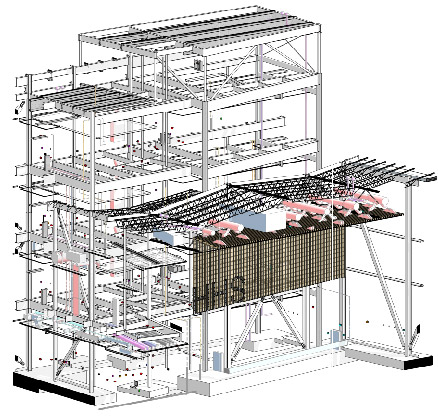
Computer Modeling and Recycled Materials
The use of computer modeling, additive manufacturing, and versatile, recyclable materials may provide the answer to these concerns. Computer modeling software allows for the complete modeling of every component and runs calculations to maximize energy and structural efficiencies. 3D printing technology allows for building each component to precise specifications without the need for expensive molds and forms to create custom, unique pieces with zero waste. By borrowing innovations developed by the aeronautics and automotive industries, carbon fiber composites hold enormous potential for construction. Carbon fiber has properties that are stronger than steel and lighter than aluminum. When combined with industrial plastics, we can achieve a non-conductive, non-corrosive, water and heat-resistant material that can be printed with exponentially growing 3D technology. A single material composite that can provide a building skin, weather barrier, structure, insulation, fasteners, and finish can dematerialize most of the materials required for construction.
The Future of Transportation, Energy, and Information Infrastructure
Because the demand for housing in urban and suburban areas is only anticipated to increase for the next several decades, efficiencies in construction processes alone will not bring affordable housing within reach of many. It will also become necessary for future homeowners and renters to find other ways to trim costs out of their budgets. Architects, planners, and government officials can look to emerging technologies and trends to plan and design for built environments that reduce living costs.
Less Automobile-Centric
By economic necessity, the cities and suburbs of the future will be far less automobile-centric.The average car owner spends only 5% of the time driving, and a family of two adults generally owns two cars. AAA estimates that the average cost of car ownership is about $9,000 annually per car, an increase of about 5% from last year. When you consider the cost of a car payment, maintenance, insurance, and fuel, the opportunity for savings is significant, especially if the convenience of car ownership can be met in other ways. By following the trends of consumers and capital investment, we see a dramatic shift from car ownership to autonomous vehicle and ride-share companies.
Over 10% of millennials have already opted for ridesharing over car ownership, and almost every major car manufacturer has a self-driving division. General Motors has received over 3 billion dollars in investment into their self-driving GM Cruise division, and by 2020 Waymo had logged over 10 million self-driving miles since 2009. Cruise CEO Dan Ammann estimates that the average urban dweller who relies on Cruise Origin for transportation will cut about $5,000 a year from personal transportation costs. By eliminating the need for parking structures to house these underused vehicles, the costs of housing developments can be drastically reduced, and the ability to provide more density within zoning constraints is also possible.
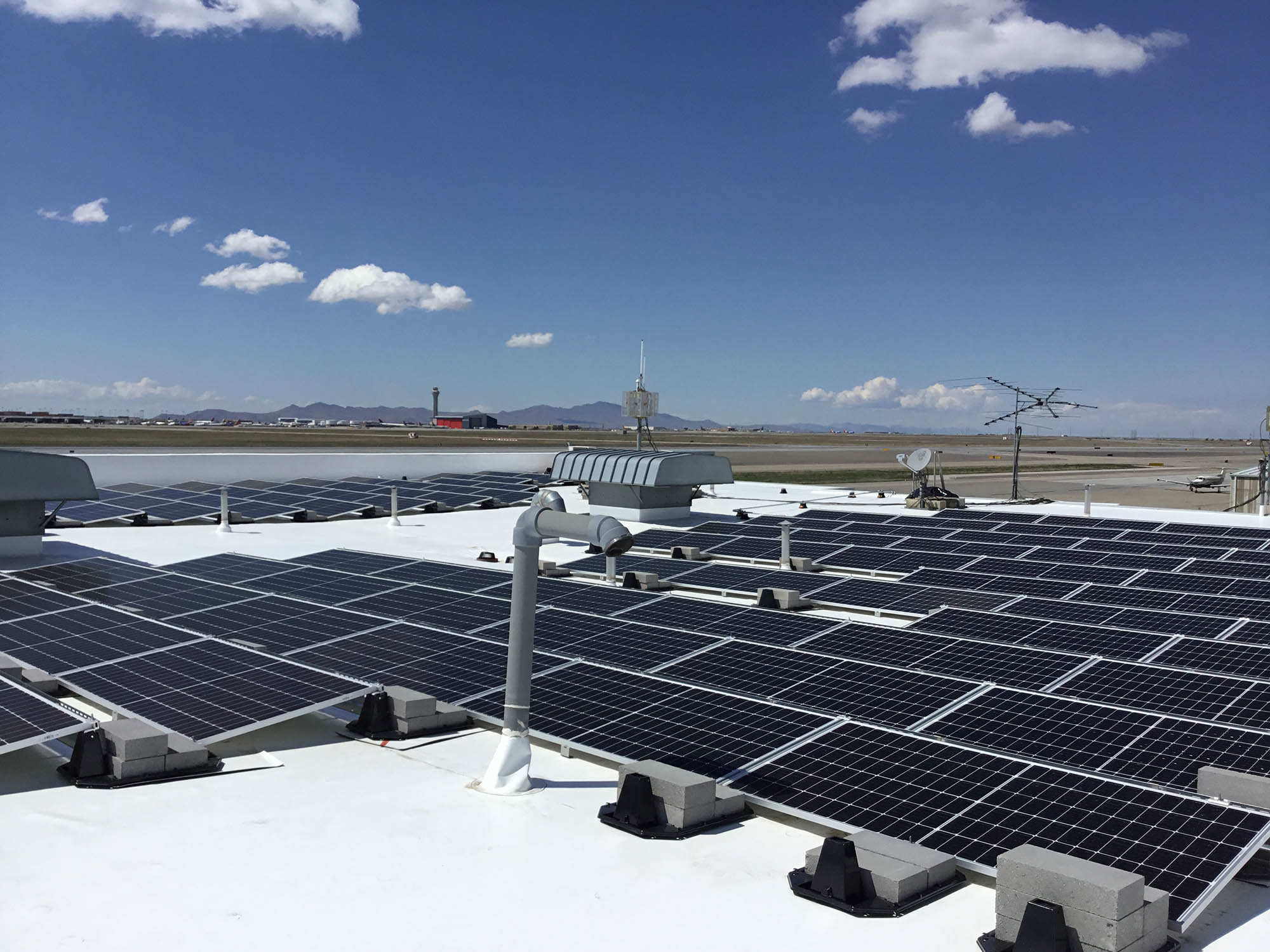
Rooftop Photovotalic Panels
Energy Independence
Energy independence can go a long way in reducing housing costs. EnergyStar.gov estimates that the average U.S. household spends an average of $2,060 each year on utility bills. The easiest way to reduce these costs is to eliminate redundancy in energy delivery and needs. In the last several years, we have seen a transition to all-electric multi-family development to save costs in redundant infrastructure, space for providing meters, and fewer entities to coordinate regulations and requirements. Electricity has shown the most significant potential for innovation and energy cost savings in the future. Solar energy is the most abundant energy source on the planet. At 173,000 terawatts striking the earth continually, that is more than 10,000 times the world’s total energy use. As the number of solar panels installed in the U.S. increases exponentially and the installation cost stays affordable, homeowners will see a decrease in electricity costs. As the storage capacity and photovoltaic technology continue to improve exponentially, a future where each resident will be able to pull all their energy needs from the sky at no cost is not far away.
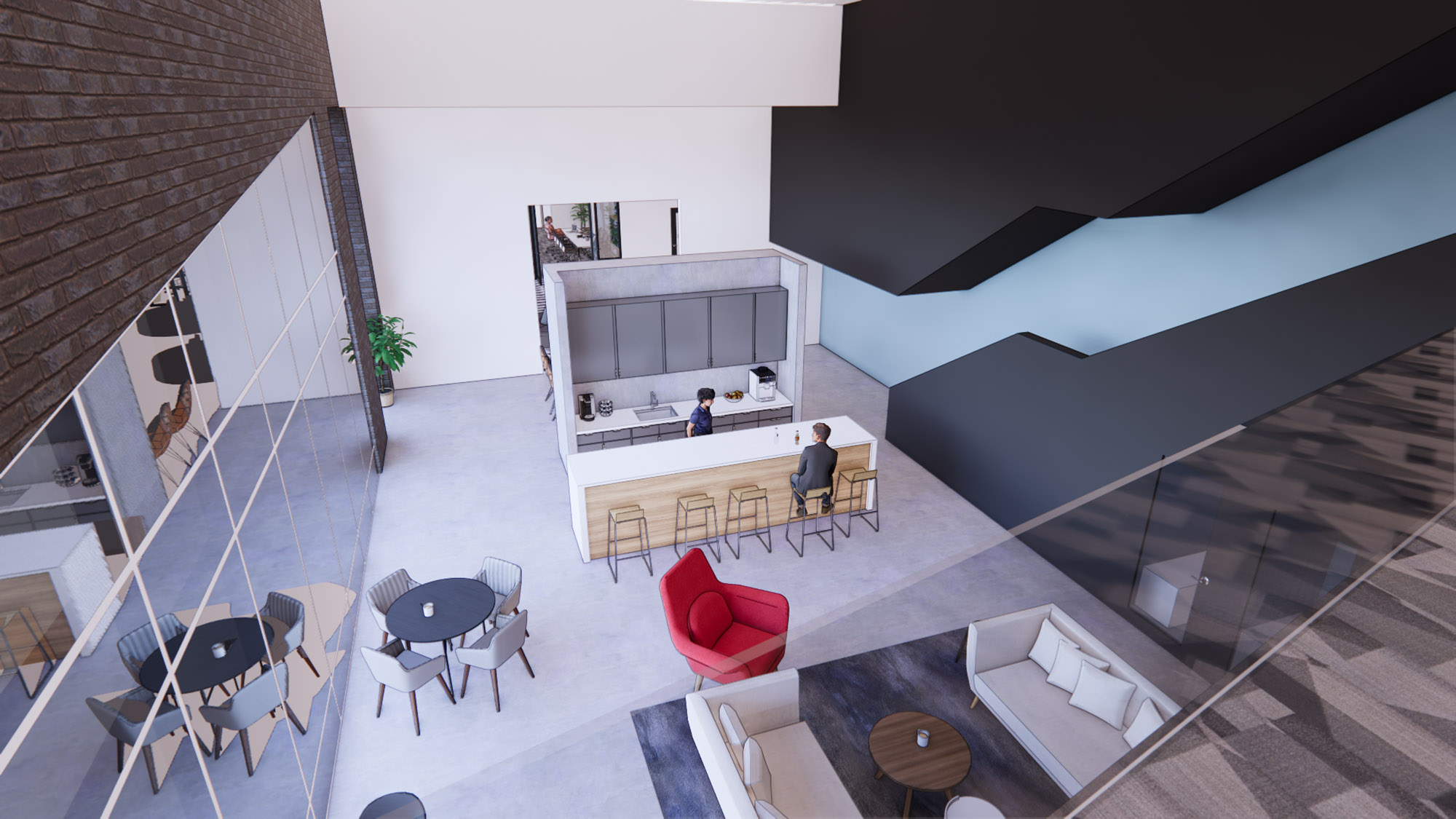
Draper Apartment Community by Garn Development
The Internet of Things
Technology utilized in smart home and smart city designs has been gaining widespread use for the last decade and is on the verge of reaching exponential growth and acceptance. The internet of things explains the cluster of physical objects comprising sensors, software, and other technological devices to interlink and exchange data with other devices and systems.
In the last twenty years, we have already seen how our smartphones have replaced many physical devices and services that we no longer need to pay for, such as camcorders, landlines, newspapers, cable tv, CDs, stereos computers, etc. Through the further implementation of inexpensive sensors, artificial intelligence, faster broadband, Bluetooth, and wireless networks, we will be able to demonetize and dematerialize much of the needs of our daily lives, resulting in cost-of-living savings.
Some examples might include occupancy sensors monitoring lighting and energy usage resulting in lower energy costs. Wearable or bathroom sensors monitor health and suggest medicine, change in diets, or exercise resulting in lower medical expenses. Sensors in refrigerators and pantries will track groceries and reorder items for delivery based on trackable usage, monitor expiration dates and perishables and suggest meals based on items available to reduce grocery waste and time and money with frequent trips to the store.
BARRIERS TO OVERCOME
Unsustainable Cost of Low-Density Housing
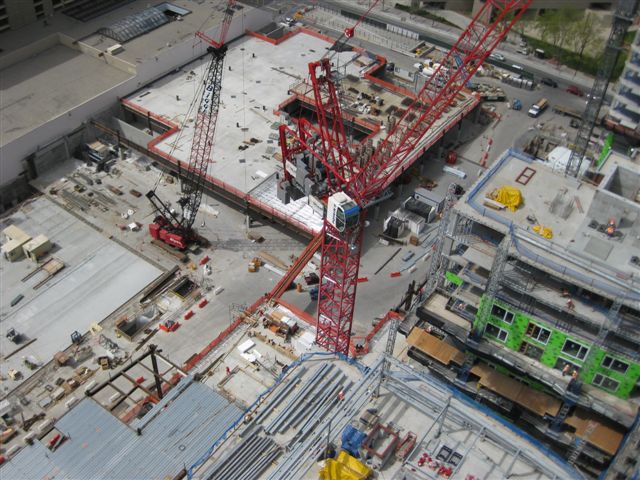
The current response to our housing crisis needs to be in a more sustainable and less resource burdening way. The ability to replace cheap greenfield farmland with acres of yards and miles of roadways is unsustainable. It has created an enormous economic burden on cities required to provide infrastructure and services. Over the years, many studies have been done comparing the costs of public services in suburban and urban cities. A good example is the study, “Smart Growth & Conventional Suburban Development: Which Costs More?” (Ford 2010) that found that more compact residential development can reduce infrastructure costs by 30-50% compared with conventional suburban development. The City of Calgary (2016) developed cost-based development fees using detailed and transparent accounting of infrastructure costs, such as new water and sewage lines, roadway improvements, and other public services. The resulting fees are significantly higher in sprawled locations to reflect the higher costs of providing public infrastructure and services. Fees range from $2,593 per multi-unit unit, $6,267 for a single-family home or 2.5 times.
Restrictive Zoning Regulations
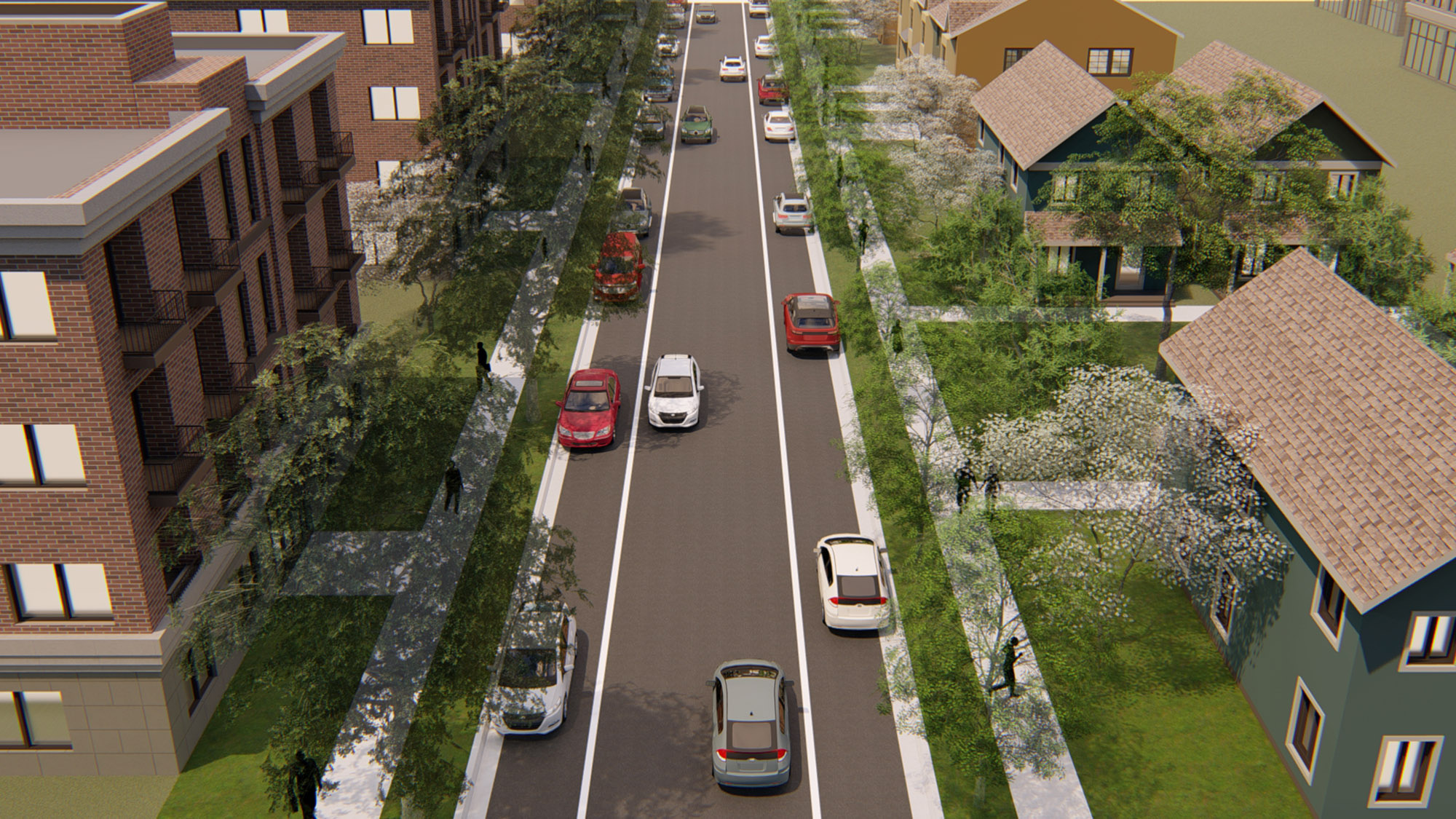
Another barrier to promoting higher density, smart growth developments in our communities is the significant costs subsidized by federal and local governments to encourage suburban sprawl. Some of these subsidies include federal subsidies for suburban mortgages, tax subsidies that favor sprawl, and the subsidies of urban highways. It will be challenging to incentivize increased suburban density until the actual cost of sprawling development is being paid by the cities, builders, and homeowners.
Fortunately, many local municipalities are beginning to understand and adopt the principles of smart growth strategies. Still, in too many others, the zoning barriers of maximum height restrictions, maximum housing density, minimum parking standards, and exclusionary use requirements prevent the innovation and creativity necessary to respond to the affordability and availability of housing supply.
Architectural Challenges
The challenge for architects today is trying to design housing to meet the growing needs of today, in buildings that won’t be ready to occupy for another 2-3 years and are capable of incorporating the exponential technologies of tomorrow. Knowing that the buildings we design will be around for decades emphasizes the ability to adapt to future needs and opportunities. It is more important now than ever to continually educate ourselves in emerging technologies, practices, and materials. It will also become increasingly important to design buildings adaptable to future transportation, energy, and information technology.
In the early days of the personal computer, as technology advanced quickly, it became necessary to design hardware compatible with plug-and-play adaptability. Future housing projects will likely be required to adapt their designs similarly. Whether using floor and roof cassettes, prepackaged kits, stairs, multi-trade racks (MTRs), modular elevators, or panelized walls, architects are better able to future-proof housing projects by borrowing the plug-and-play concepts of the technology industry.
THE FUTURE OF HOUSING
Can a dense, three-dimensional suburb provide the desires of the American Dream?
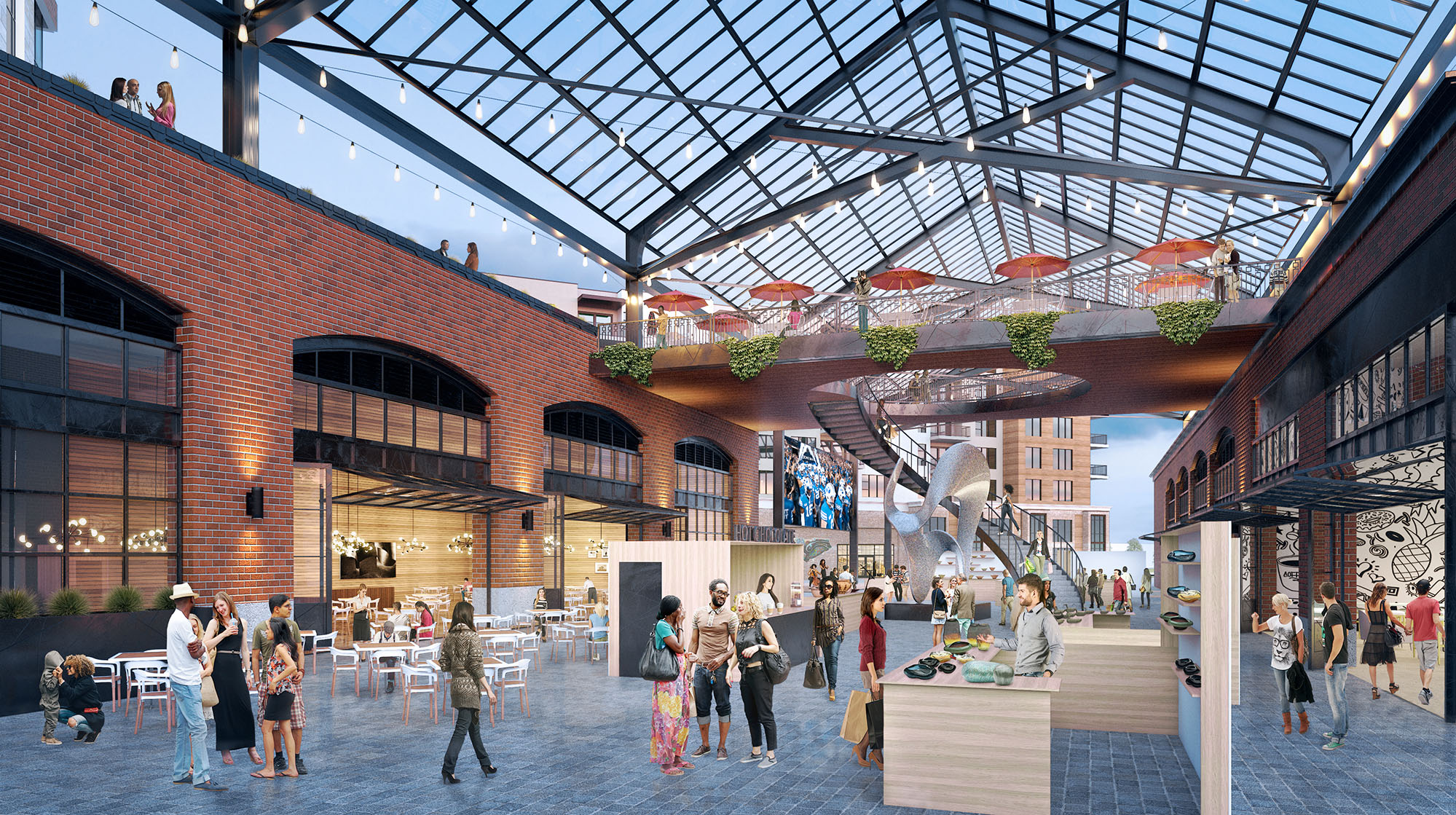
For the last 70 years, single-family home with a yard, two cars in the driveway, and a family pet represented the ideal desires of the American Dream. As we move forward out of necessity and with a greater sense of urgency to a denser, less resource burdening society, is it possible to maintain those desires in a three-dimensional suburb?
Planners, architects, and developers will need to work together to provide neighborhoods with access to employment opportunities and close proximity to education. Families need convenient access to shopping for food, clothing, and other necessities or convenient delivery. It will be important for households to maintain the ability to socialize and contribute to the community in meaningful ways and have access to recreation, entertainment, and nature.
We know that to address a housing crisis of the proportions we are facing today, we will need to embrace and adopt technology and methodologies that are advancing exponentially soon.
Article written by Preston Dean of FFKR’s Living Environments Studio.
References
- Graham, Jed. Article. Investors.com, Economy, August 17, 2018 “Affordable Housing Crisis: What You Must Know About The Housing Bubble” https://www.investors.com/news/economy/affordable-housing-crisis-housing-bubble/
- Vidal, John. Environment Editor. TheGuardian.com, Environment, June 28, 2007 “Burgeoning cities face catastrophe, says UN” https://www.theguardian.com/environment/2007/jun/28/climatechange.conservation
- Scruton, Paul. Graphic. TheGuaurdian.com, June 28, 2007 “The new urban world” http://image.guardian.co.uk/sys-files/Guardian/documents/2007/06/27/URBAN_WORLD_2806.pdf
- Internal Displacement Monitoring Centre and Norwegian Refugee Council, August 22, 2014“Disaster-induced displacement worldwide in 2013 (Global map)” https://www.internal-displacement.org/sites/default/files/inline-images/world-map-global-estimates-2014-web-ready.png
- EcoWatch.com, September 17, 2014 “Disaster-Induced Displacement Grows Worldwide” https://www.ecowatch.com/disaster-induced-displacement-grows-worldwide-1881953650.html
- McInnes, Fraser. Article. Ideagen.com, May 12, 2021 “The future of the construction industry – Rebuilding from Covid-19, Brexit and recession” https://www.ideagen.com/thought-leadership/blog/the-future-of-the-construction-industry
- Marshall, Colin. Article. TheGuardian.com, Cities, A History of Cities in 50 Buildings, April 28, 2015 “Levittown, the prototypical American suburb – a history of cities in 50 buildings, day 25” https://www.theguardian.com/cities/2015/apr/28/levittown-america-prototypical-suburb-history-cities
- Stewart, B. Anthony. Photograph. National Geographic Creative/Corbis “People wait in line to view a new Levittown house in New York’s Long Island.”
- Stackmodular.com. Steel Frame Fabrication. https://www.stackmodular.com/stack-modular-proces
- University of Stuttgart, ICD/ITKE. Photograph. Detail shot of the 2019 BUGA Fiber Pavilion
- Brownell, Blaine. Article. ArtichectMagazine.com, Mind & Matter, “Is Carbon Fiber all it Cracked Up to Be?” https://www.architectmagazine.com/practice/is-carbon-fiber-all-it-cracked-up-to-be_o
- Cruise. Photo Illustration. The autonomous Cruise Origin developed by Cruise LLC, in which General Motors C. holds a majority Stake.
- Hall, Kalea. Article. The Detroit News. GM. February 18, 2022 “Cruise, GM Seek NHTSA approval for commercial use of self-driving shuttle” https://www.detroitnews.com/story/business/autos/general-motors/2022/02/18/gm-cruise-file-petition-nhtsa-build-deploy-av-shuttle/6849252001/
- Ulrich, Elaine. Article. Solar Energy Technologies Office, Office of Energy Efficiency & Renewable Energy, July 11, 2017 “ Peeling Back the Red Tape to Go Solar” https://www.energy.gov/eere/articles/peeling-back-red-tape-go-solar
- JOUM. Article. Journal of Utility Management, April 4, 2018. “Mapping the IoT value model for Apartments” https://journalofutilitymanagement.com/2018/04/mapping-the-iot-value-model-for-apartments/
- Hildahl, Blaire. Article. Base-4.com. “Build Multifamily Projects with Sub-Assemblies & Components” https://www.base-4.com/build-multifamily-projects-with-sub-assemblies-components/
- Base 4. Image. Multi-Trade MEP Prefab Rack. https://www.base-4.com/build-multifamily-projects-with-sub-assemblies-components/
